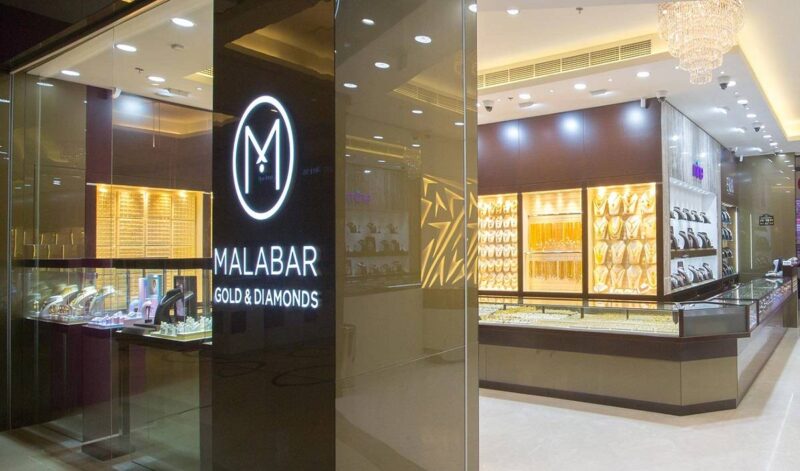Malabar Gold & Diamonds has announced a ₹5,000 crore investment plan for FY2026, aiming to open 60 new showrooms across 15 countries and various Indian regions. The company is targeting revenue of ₹78,000 crore for the financial year, up from ₹63,000 crore last year.
Expansion Across Domestic and International Markets
The company plans to increase its presence to 22 Indian states and 3 Union Territories by the end of FY2026. Internationally, it will expand operations to 15 countries, entering new markets including New Zealand and Ireland. Malabar currently operates in 13 countries.
Asher O, Managing Director – India Operations, said: “We are enhancing our presence across existing and new regions, aiming to be in 22 States and 3 Union Territories by the end of the financial year.”
Shamlal Ahamed, Managing Director – International Operations, added: “We are the largest jewellery retailer crafting, promoting and selling jewellery that is an intersection of Indian art, culture, heritage, and tradition to a global audience across 13 countries. An ambitious expansion plan is in place, which involves strengthening our retail presence in existing regions with more showroom launches, as well as charting expansion into new countries such as New Zealand and Ireland in the current financial year, increasing our total presence to 15 countries.”
Growth in Workforce and Infrastructure
Malabar plans to expand its workforce to approximately 27,250 employees. This includes the creation of 3,500 new direct employment opportunities, along with additional support for its manufacturing network.
M.P. Ahammed, Chairman of Malabar Group, stated: “We are thrilled to mark the opening of our 400th showroom in Noida. This milestone is a testament to our growth ambitions, and marks a significant step in our ever-expanding footprint across India and globally in the journey to be the No 1 global jewellery retailer. We have a comprehensive business strategy in place targeting expanding with 60 new showrooms and manufacturing units, aiming for a turnover of ₹78,000 crore in the current financial year, and committing an investment of over ₹5,000 crore to drive growth.”
Abdul Salam KP, Vice-Chairman of Malabar Group, said: “Our expansion will create additional 3,500 direct employment opportunities, in addition to supporting the large jewellery manufacturing ecosystem. Our operations are built on a foundation of complete transparency and strict compliance, in addition to collaborating with trade bodies, financial houses and government regulators, to make sure that our global operations are robust, trustworthy, and beyond reproach.”
Operational Footprint and Customer Base
Malabar serves more than 15 million customers annually and offers a portfolio of over 100,000 jewellery designs. Its current turnover stands at ₹63,000 crore, with a workforce of over 25,000 professionals across 13 countries. The company has also indicated an interest in exploring opportunities in the lab-grown diamond segment.
ESG Commitments and Community Initiatives
Malabar continues to allocate 5% of its net profits towards environmental, social, and governance (ESG) initiatives in each country where it operates. Projects include the ‘Hunger Free World’ programme, which provides approximately 70,000 meals daily across 81 locations in India and Africa.
The company also runs 716 micro-learning centres across India, offering foundational education to over 32,000 children from underprivileged backgrounds. Children completing high school are eligible for continued support through higher education scholarships, including targeted support for girls.
The ‘Grandma Home’ initiative provides free accommodation for destitute women, with homes currently established in Bengaluru and Hyderabad and further expansion planned for Kerala, Chennai, Kolkata, Delhi, and Mumbai.
Industry Implications
Malabar’s planned expansion reflects continued demand for jewellery in both established and emerging markets. Its focus on physical retail growth, workforce development, and ESG initiatives is likely to have broad implications across supply chains and regional employment within the industry.




